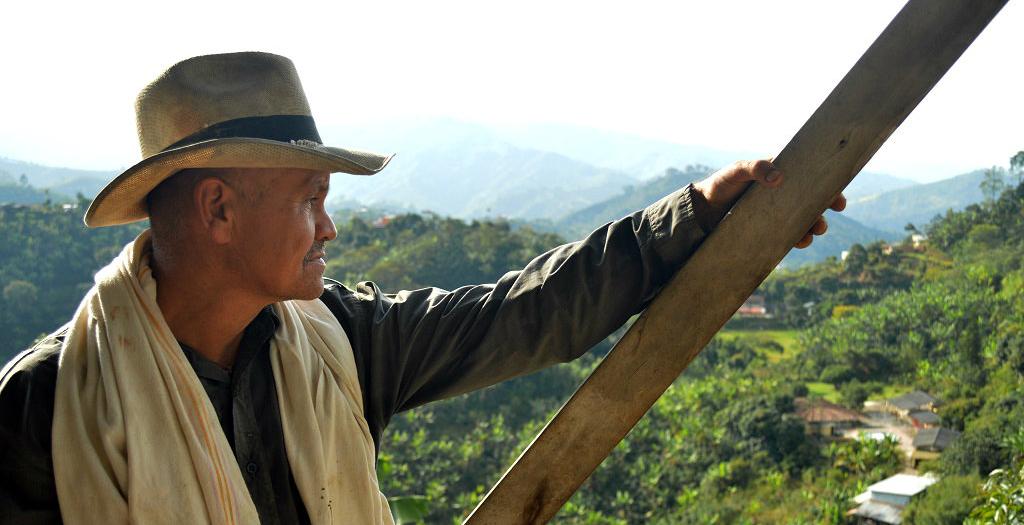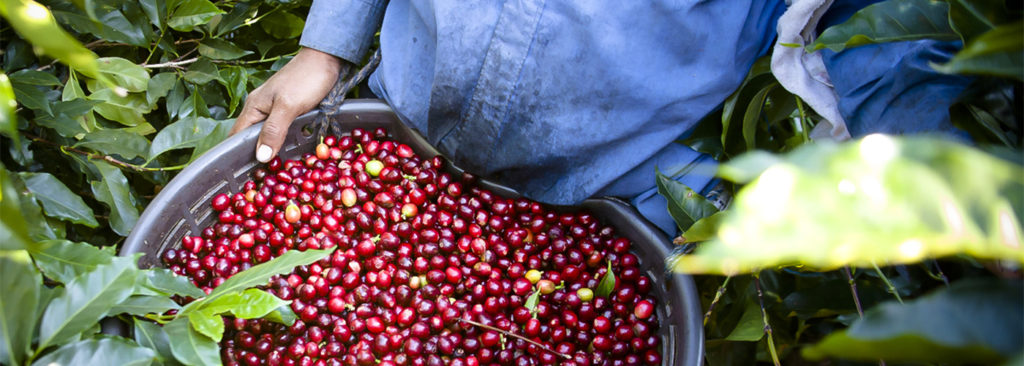While investors spend billions in coffee company acquisitions and mergers, coffee production on the ground is under threat from all sides. This is negatively impacting future value creation throughout the sector. Without major efforts to adapt production to climate change, increase transparency in the value chain and improve social conditions on farms, global production will not be able to keep pace with rising demand. Basically, investors in coffee are building their expansion … on quicksand.
These are the main conclusions of the Coffee Barometer 2018, a collaboration of Conservation International, COSA, Hivos, Oxfam-Worldshops, Solidaridad, and SAFE Platform. (Download here.)
Climate change, lack of transparency and rising demand
Trouble is brewing in the coffee sector due to a wide variety of systemic issues – social, economic and environmental – that threaten the future of coffee production.
Climate change, for example, puts coffee production under great strain, because coffee cultivation takes place precisely in those regions that are most vulnerable to it. In countries as diverse as Brazil, Honduras, Uganda and Vietnam, areas currently suitable for the cash crop will decrease substantially by as early as 2020. This could potentially disrupt production and trade practices significantly.
Yet, while coffee is increasingly lucrative with an estimated global turnover of $200bn, a futile two per mille is invested in sustainability by the industry (a 0,002 share).
There is tremendous lack of transparency about costs and benefits along the coffee production chain, which obstructs value redistribution as income. Consequently, many producers leave coffee farming for other crops.
In nearly all countries where coffee production is expanding rapidly – e.g. Vietnam, Indonesia, Ethiopia and Peru – new land to grow coffee is obtained though deforestation. If demand for coffee continues to rise, increasing the amount of land needed for production but without major efforts to adapt coffee production for climate change, global production will likely be lower in 2050 than it is today.
Conclusion
The situation shown by the last Coffee Barometer, published in June 2014, was already alarming. Since then, the discussion about sustainability in the coffee sector has continued, but little has been done. So shocks and surprises are inevitable if we continue down this path. Major stakeholders in the coffee industry must be proactive and define joint responses (e.g. sustainability standards, climate change adaptation and closer economic collaboration of producers, exporters and national governments) to deal with these challenges if we don’t want to see the industry collapse on its feet of clay.




